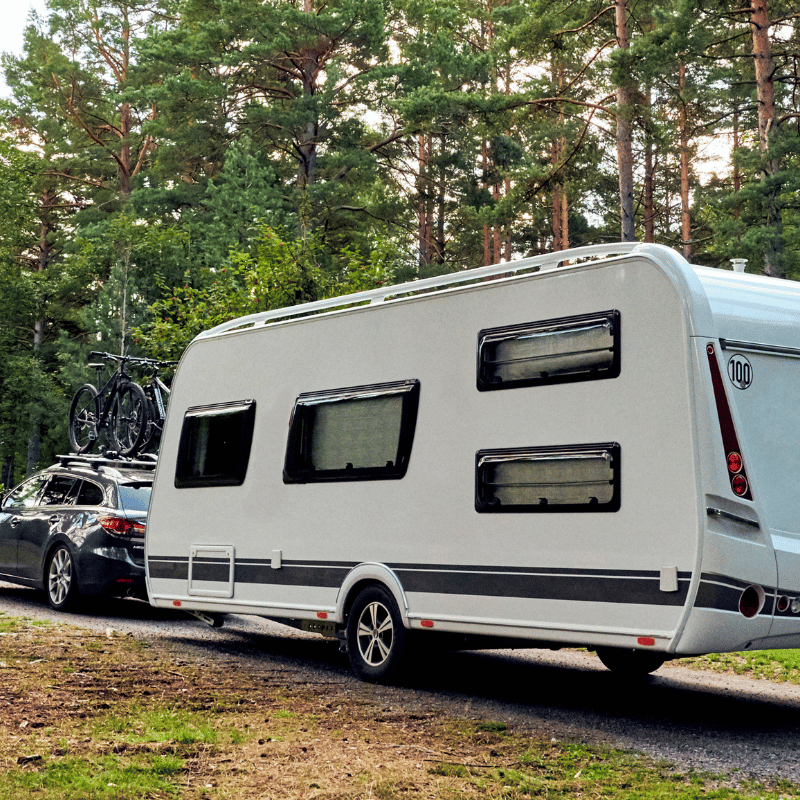Campervans
BROWSE BY BERTH
BROWSE BY TYPE
Approved brands
OUR DEALERSHIP
News
EVENTS & PROMOS
More
MY LOWDHAMS


